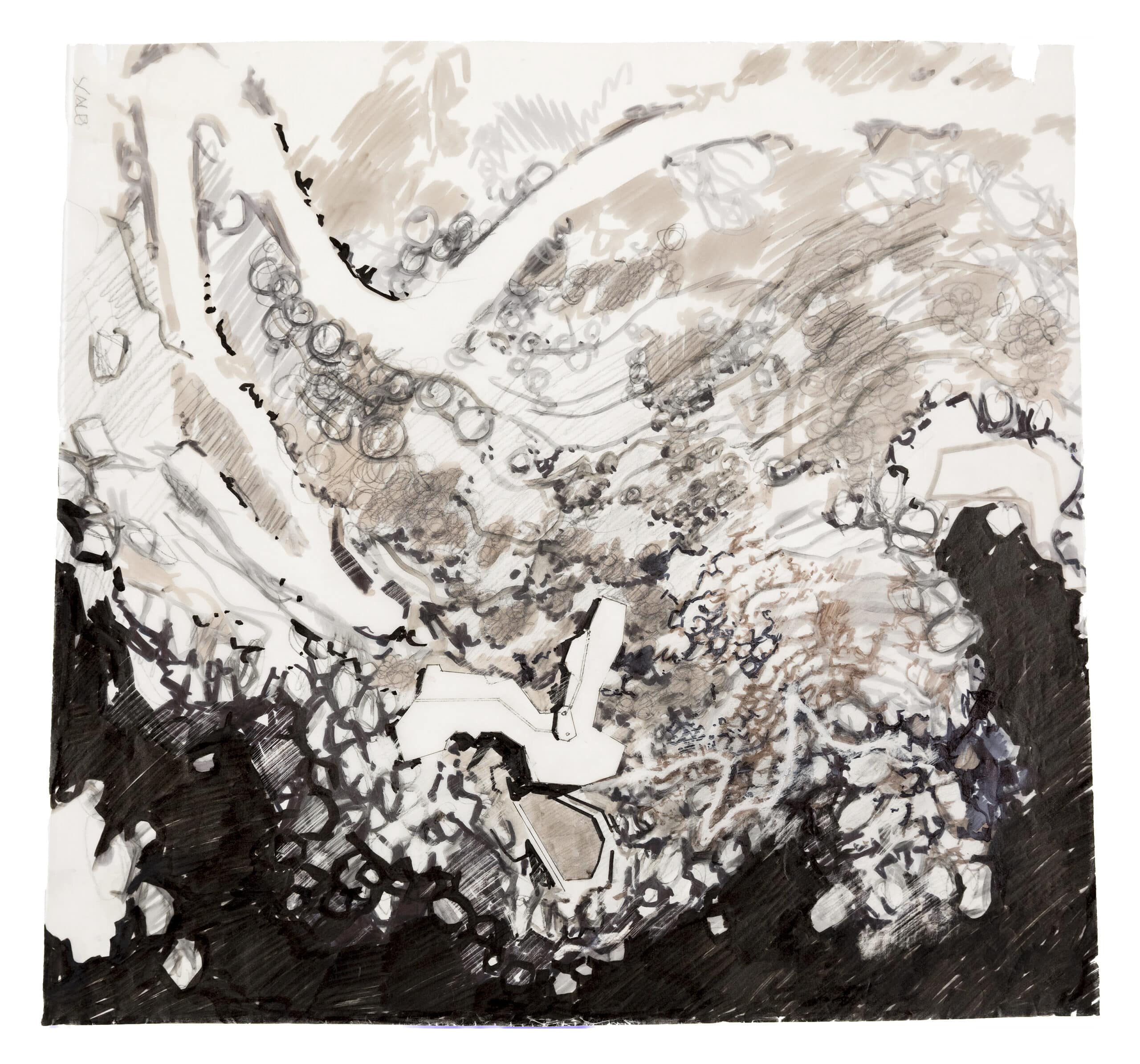DMJ – Dialogues between Architecture And Granite in Punta Sardegna

The stones are also premonitions, and the trails chart a course through nature that is both sign and path, direction and culture. The human journey and the mystery of the eternal, chance and intervention. Thus, the pre-existing stones are added and mingle with those put in later, and vice versa, until they lose themselves in each other and become, all together, symbol and necessity. They are a message, and a silent declaration, of time as the sovereign builder. An architecture that includes us, foresees us, in the infinitesimal fragment of time we share with it: stones, nature, space overwhelm and include us. We are always grains of a larger edifice. And every single stone takes it upon itself to remind us of this. Memory of the cosmos.
– Stefano Salis, January 2022
The stones that the Sardinian journalist Stefano Salis wrote about have inspired my imagination for 60 years. The windswept, rose-hued granite formations of Costa Paradiso to the west, and Punta Sardegna to the north, raise associations and analogies. We imagine a dinosaur, a bear on three legs with a fourth eroded by the weather and the sea, a pyramid. We find a fossilised root in the rocks formed 541 million years past, during the early Palaeozoic period. The rocks connect us to prehistoric nature. Covered in lichen, they are eroded by winds in a uniform direction, which renders them homogeneous. Fragments of feldspar confer a greyish tone to the rose-hued granite of Punta Sardegna, which the sunset sets ablaze to red on Costa Paradiso.
The sentient landscape, and geology, of Sardinia surpass words and representation. Untameable shrubs scent the air: rosemary, wild olive, cistus, juniper, myrtle, lavender, strawberry tree, ilatro, holm oak, mastic tree, phillyrea, cyclamen. Mediterranean botanical nobility, as distinguished in the Italian language. They cut one’s hands when clearing, guide our footsteps among the rocks. From the first step one feels diurnal rhythms, the angle of the slope, views and inherent geometries, strong light and dense shadows. Carrying a sandwich, snoozing on the site, on a rock hewn by the wind into the shape of an armchair, still warm from the sun or cool at day’s end: the weather, the season, the time of day, form impressions too complex or too mundane to put into words.
This is why I have always felt reticent about translating my drawings and architecture, my geological imaginary of Sardinia, into words. My impressions of the landscape and environment are sensory and intuitive, physical and tangible. I do not like the word ‘automatic’ to describe the process through which I draw as if by walking, bringing the landscape, on paper, into building. I have worked in the landscape of Punta Sardegna since 1963. The houses I built there have become part of my geological imaginary. This trajectory is presented here with a series of images, starting with the montage of photographs taken from the ferry to La Maddalena – a first survey, in 1963–64, of the built area now known as ‘Yachting’. It continues with recently rediscovered drawings, presented here for the first time, of the path on Punta Stropello and Casa Rook on its shoulder; it finishes with the five houses designed on Lotto 139 (Plot 139) in 1986.

DMJournal–Architecture and Representation
No. 1: The Geological Imagination
Edited by Mark Dorrian and Kurt Forster
ISSN 2753-5010 (Online)
ISBN (forthcoming)
About the author
Alberto Ponis studied at Florence University where he qualified as an architect in 1960. From 1960 to 1964 he worked in London with Erno Goldfinger and Denys Lasdun. Since 1964 he has run his practice in Palau (Sardinia), working on private, public, and urban commissions, including over 200 private houses. In 1990 he was awarded the INARCH prize for the Village of Stazzo Pulcheddu in Palau. His projects have been published in Abitare, The Architectural Review, Architektur & Wohnen, Casabella, Domus.
Click here to receive updates about the journal, and future calls for abstracts.

